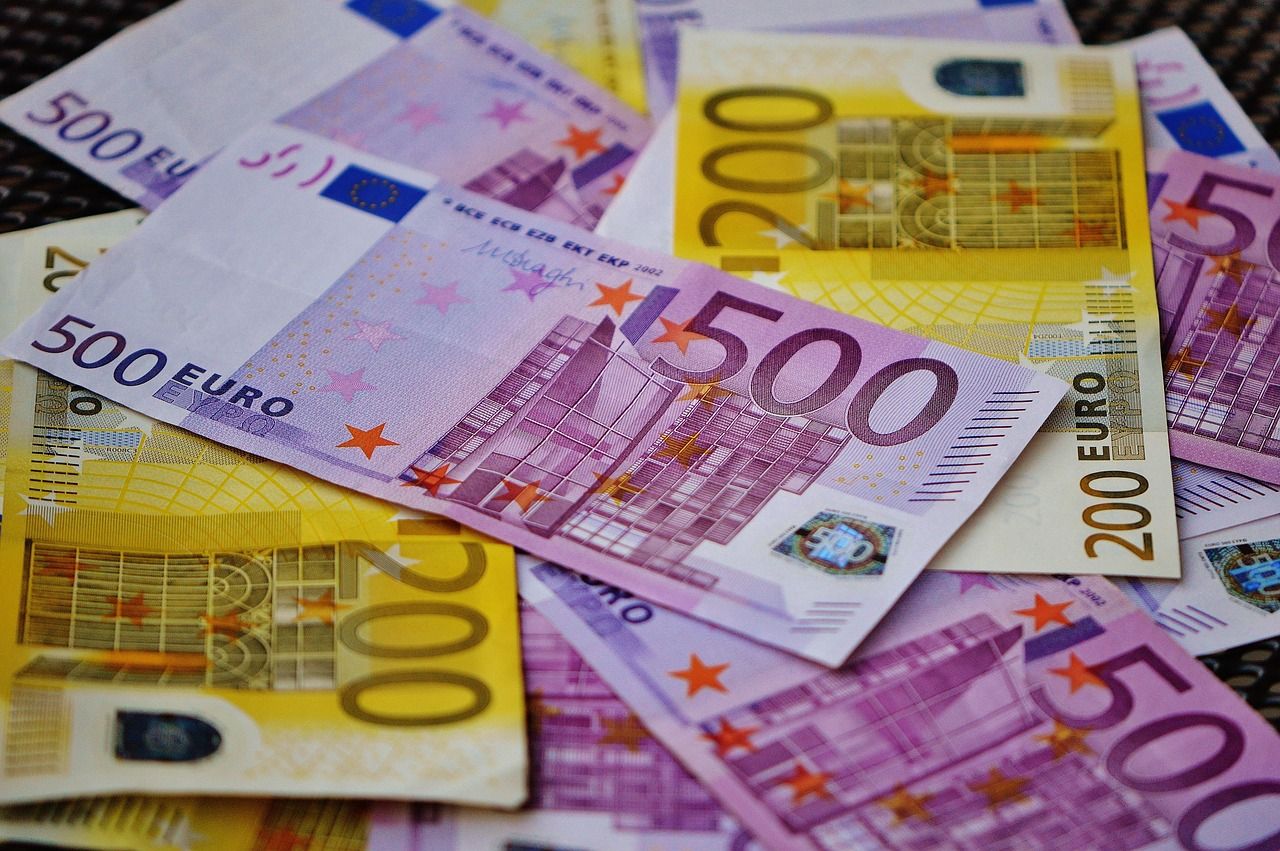
As the unpredictability of current U.S. leadership continues, its influence on the financial landscape is evident, particularly affecting the currency dynamics. The decline in the dominance of USD-pegged stablecoins is anticipated as alternatives such as EUR-based coins emerge more robustly.
Since the beginning of Trump’s term, the dollar has seen a substantial devaluation, falling to a three-year low against several currencies, with a noted drop of approximately 5% over the past six months. This decline stems from a mix of erratic trade strategies and deteriorating global relationships that have hindered market stability, affecting both equities and Treasury yields. Investors are now considering gold, the renminbi, and the euro as viable reserve options, shifting the global economic perspective away from the dollar.
While USD remains dominant in the stablecoin market, accounting for nearly 70% with Tether leading, the growing strength of the euro—currently around $1.20—could change that. Additionally, the European Union is fostering a more favorable environment for crypto with frameworks like MiCA, allowing better market integration of euro-pegged stablecoins, offering significant competition to USD variants.
In conclusion, Europe is reshaping its image within the crypto sector, leaving behind past skepticism, and seizing the opportunity to redefine the stablecoin landscape in response to the evolving economic challenges posed by U.S. policies.


